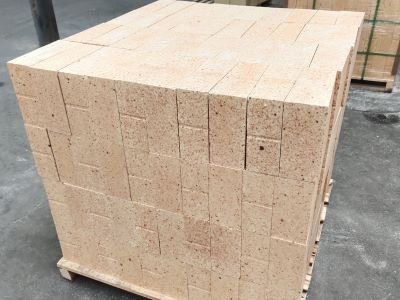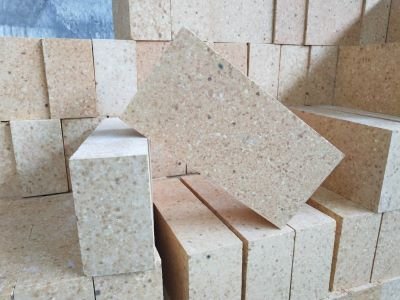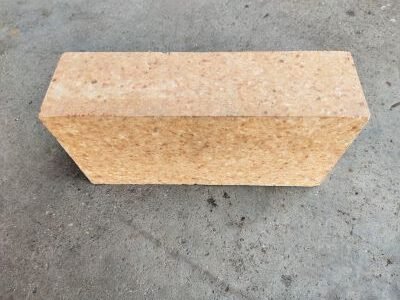Address
Building 1, Zone 1, Greenland Binhu International City, Zhengzhou, Henan, China
Work Hours
Monday to Friday: 9AM - 7PM
Weekend: 10AM - 6PM
Address
Building 1, Zone 1, Greenland Binhu International City, Zhengzhou, Henan, China
Work Hours
Monday to Friday: 9AM - 7PM
Weekend: 10AM - 6PM
In the glass production process, kiln refractory materials play a crucial role. The kiln’s lifespan directly impacts production efficiency and costs. Sintered zirconium-corundum bricks(AZS bricks for short) , due to their superior performance, have recently become increasingly popular among glass manufacturers.
Sintered zirconium-corundum bricks, with their combined benefits of corundum and zirconium, significantly enhance glass kiln performance and extend kiln life.
Corundum (Al₂O₃) is a high-strength, high-hardness, wear-resistant ceramic material with exceptionally high temperature resistance. Zirconium (Zr), on the other hand, possesses excellent high-temperature and corrosion resistance, performing particularly well in high-temperature environments.

When these two materials are combined to form AZS bricks, their respective advantages are fully complemented and enhanced.
Corundum provides strength and wear resistance, while zirconium further enhances the brick’s corrosion resistance and high-temperature resistance.
This “corundum + zirconium” combination provides a double benefit to the kiln, enhancing durability and extending its service life.
Glass furnaces operate under high-temperature conditions, with furnace temperatures reaching over 1400°C. In such high-temperature environments, refractory materials must be able to withstand prolonged thermal stress and thermal expansion while avoiding physical and chemical changes caused by high temperatures.
Compared to traditional refractory bricks, AZS bricks maintain a stable structure at high temperatures, reduce thermal cracking and thermal shock, and significantly reduce the frequency of furnace maintenance and replacement.
During the glass production process, molten glass is highly corrosive to the furnace.

Traditional refractory bricks are easily corroded by molten glass, leading to surface corrosion, which affects the furnace’s sealing and thermal efficiency, shortening its service life. Sintered zirconium-corundum bricks, on the other hand, effectively resist molten glass corrosion.
Zirconium’s corrosion resistance prevents chemical reactions from occurring in the bricks after prolonged contact with high-temperature molten glass, maintaining their structural stability.
Especially in the impregnation zone and high-temperature areas of the glass furnace, AZS bricks effectively protect the furnace lining, reducing corrosion and damage, and extending the furnace’s service life.
Another important advantage of sintered zirconium-corundum bricks is their low thermal conductivity.

Thermal conductivity is the ability of a material to conduct heat. Low thermal conductivity means that heat inside the kiln is better retained within the furnace, thereby improving the kiln’s thermal efficiency.
For glass production, improved thermal efficiency not only saves energy and reduces emissions, but also reduces energy consumption and production costs.
In short, through the dual benefits of “corundum + zirconium,” sintered zirconium-corundum bricks bring significant economic and environmental benefits to glass manufacturers. With continued technological advancement, AZS bricks will play an even more important role in the future glass industry.